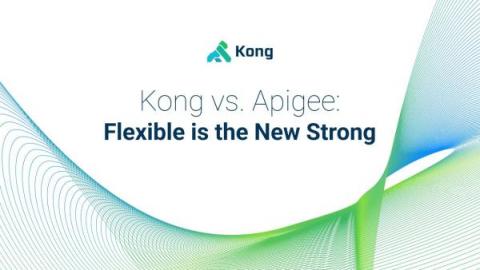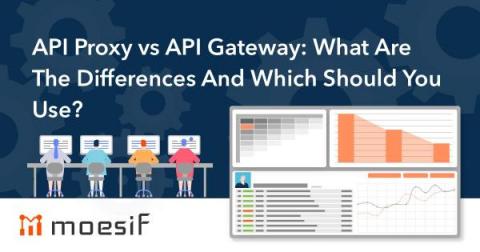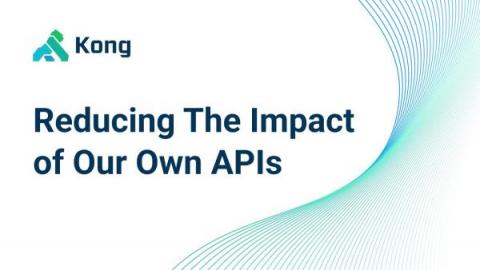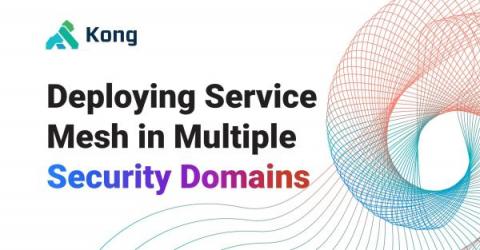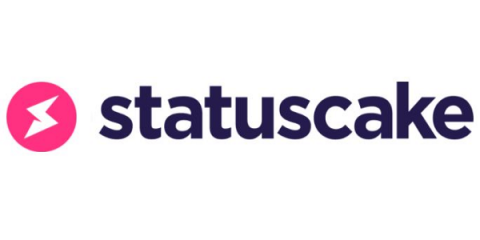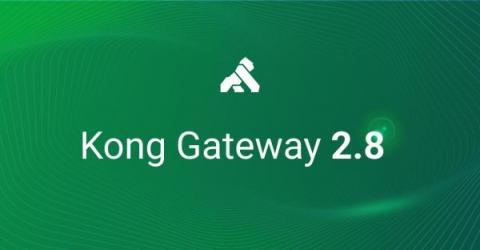Kong vs. Apigee: Flexible Is the New Strong
The API management space is changing – fast. In the past couple of years alone, we’ve seen huge changes in the deployment patterns that our customers are adopting. In the past, when the use cases were fairly simple, organizations would deploy an API gateway as a SaaS monolith in the cloud, sitting at the edge of the network. They did this because it was the best option available at the time, and the first wave of API management vendors like Apigee had a solution that could support it.


